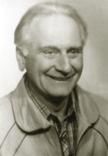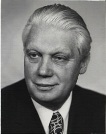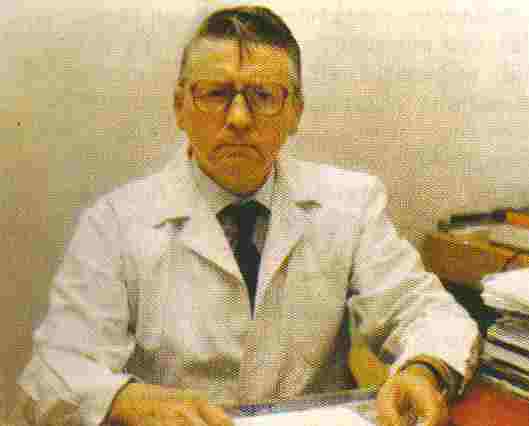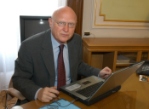The 
history of our Institute ensues from the Department of Experimental Biology and Genetics of the
Institute of Biology of the Czechoslovak Academy of Sciences, headed since 1953 by Milan Hašek,
co-discoverer of immunological tolerance.
In 1962, the Institute of Experimental Biology and Genetics of the Czechoslovak Academy of Sciences (IEBG) was founded, with Milan Hašek as its Director until 1970. The sixties of the last century mark, without doubt, the most memorable chapter of the Institute - the "Czechoslovak immunogenetic school" was born at that time, represented besides Hašek by such names as Pavol and Juraj Iványi, Jan Klein, Tomáš Hraba, Ivan Hilgert, Věra Hašková, Alena Lengerová, and others. It is generally known that Milan Hašek came close to the Nobel Prize (for the discovery of immunological tolerance, it was awarded to P. Medawar and M. Burnet); Pavol Iványi contributed significantly to the experiments whose results later brought the Nobel Prize to Jean Dausset; Jan Klein, after emigration to the U.S.A., in the seventies became probably the most eminent immunogeneticist worldwide (co-discoverer of the fundamental immunological significance of MHC proteins). During this period, great attention at IEBG was also paid to the development of the worldwide priority research of retroviruses (Jan Svoboda).
In the years 1964-2006, the major part of the Institute had its site in the building belonging to
the Institute of Organic Chemistry and Biochemistry of the Czechoslovak Academy of Sciences (later Academy of
Sciences of the Czech Republic) (IOCB) located at the address Flemingovo náměstí, Prague - Dejvice, and the
minor part was situated in the complex of biological institutes of the Academy in Prague - Krč. Another
important part of the Institute is the breeding and experimental farm in Koleč (about 20 km from Prague).
The end of the "Prague Spring" after August 1968 marked the end to this famous era - many promising young
scientists had emigrated (and were very successful at their new institutions abroad), Milan Hašek was removed
from the post of Director of the Institute, contacts with other countries were drastically limited.
After 
a short period during which the Institute was headed by Karel Heyberger, Prokop Málek served as Director
of IEBG in 1970-1977.
In 1977, IEBG was joined with several biochemical laboratories of IOCB and renamed Institute of Molecular
Genetics of the Czechoslovak Academy of Sciences (IMG). 
The post of Director of IMG was conferred on Josef Říman, (later appointed as President of the Czechoslovak Academy of Sciences for many years), who stayed in this position until 1991. Since that time, molecular
biology has become the main topic of the Institute, but additional, traditional orientations have remained
(immunogenetics, retrovirology, tumour immunology); these, however, also have gradually transferred to the
molecular level. Other achievements from the otherwise difficult seventies and eighties were co-discovery of
reverse transcriptase (J. Říman), discovery of virogeny (J. Svoboda) or sequencing of one of the first viral
genomes (V. Pačes).
After 
1989, the Institute continued the trend of enhancing the molecular biology approaches to the traditional as well
as newly introduced topics. The Institute was first headed by Jan Svoboda (1991-1999) and then by
Václav Pačes (1999-2005).  In 2004, in the Krč site of the
Academy, construction of a new building was started to house the Institute, in which since 2007 (for the first time in its history) a large
majority of the Institute employees have finally gathered. After
V. Pačes had been elected President of the Academy of Sciences of the Czech Republic, in 2005, Václav Hořejší
became Director of the Institute.

At present, more than 368 employees work at the Institute (including part-time staff), of which 88 are scientists,
58 technical university graduates, 112 technicians and 78 PhD students.
January 2009
Václav Hořejší
|
|
